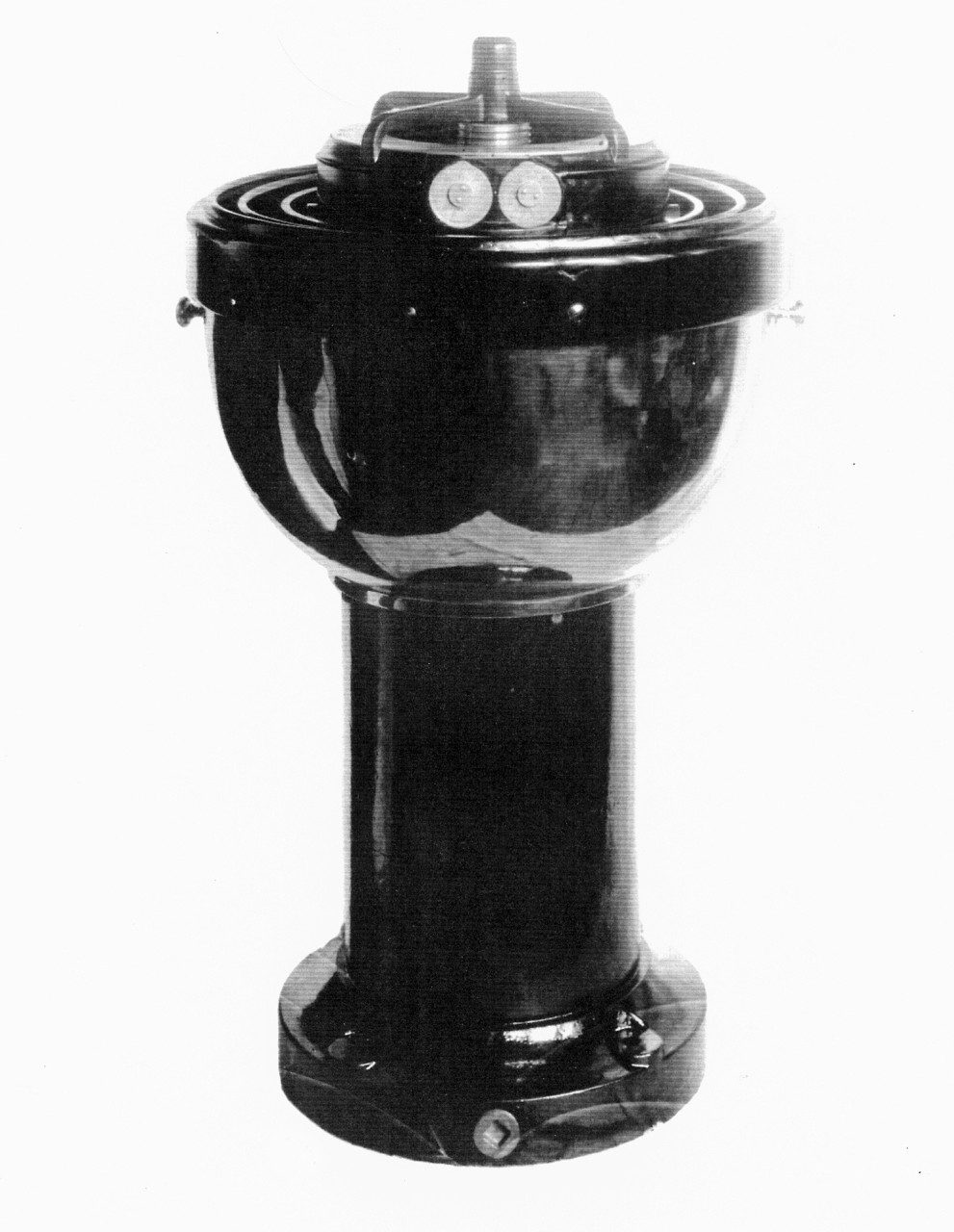Advanced Technology Alters the Course of Flying
Shifting to autopilot
Observers on the ground described this premier blind flight as perhaps “the greatest advance in aeronautics since the Wrights first flew at Kitty Hawk.” And the plane’s instrument panel, which was designed by Sperry Gyroscope Company, later to become part of Lockheed Martin, reflected the new age in aviation. The onboard guidance system included an “attitude indicator” that provided an artificial horizon when the actual one was not visible and a directional gyroscope that offered more stable heading information for directing the plane along a specific route.
Doolittle, one of the best-known pilots of the era, occupied the rear cockpit; its windows and navigational tools covered with a canvas hood to prevent any visual references to the outside world. Safety pilot Kelsey, who was seated in the front cockpit as a precaution, outstretched his arms and kept his hands visible throughout the journey to show observers he was not controlling the plane. By relying on their experimental set of new Sperry devices and radio signals to guide their blind flight, these daring aviators essentially put the plane on autopilot.

Flying blind leads to fresh views on aviation
Sources and Additional Reading
- Columbia University. “Beacon Lights: Preston R. Bassett and the US Airmail Route,”http://www.fathom.com/course/10701016/session3.html, accessed 11 May 2012.
- Daso, Dik. Doolittle, Aerospace Visionary. Washington, D.C.: Potomac Books, Inc., 2003.
- Launius, Roger. Innovation and the Development of Flight. Roger Launius, 1999.
- Schwarz, Frederic. “Flying Blind,” American Heritage, August/September 2004.
- U.S. Centennial of Flight Commission. “Wiley Post,” centennialofflight.gov.http://www.centennialofflight.gov/essay/Explorers_Record_Setters_and_Daredevils/Wiley_Post/EX27.htm, accessed 11 May 2012.
- “1929: Piloting Turns from Seat-of-the-Pants to Science” (advertisement), Flying, February 1977




